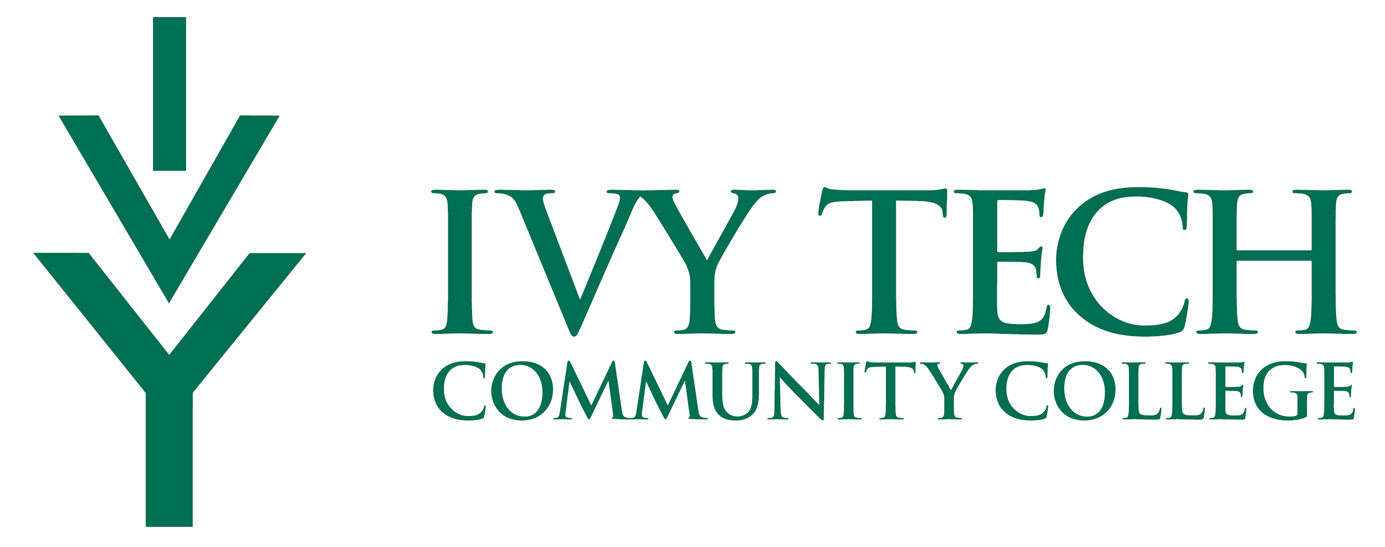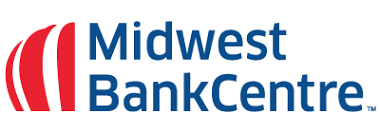Innovative Thinking – SIX FACT FINDING QUESTIONS
Check your assumptions at the innovation door.
Innovative Thinking – SIX FACT FINDING QUESTIONS
Introduction
If you have decided during your design thinking or innovation process to embrace the need to find facts before coming up with the solution, here we present six great fact finding questions that can be used in almost any scenario to uncover information crucial to the creative process.
What do you know, or think you know, about this fuzzy situation?
Because they hold preconceived ideas about the nature of a problem, people often downplay what they actually know. They may hesitate to offer facts if they are less than 100 percent sure of them. In fact, people often know more than they think do. What seems obvious to one person may be unknown by another. It is important to include anything anyone thinks might be relevant. You should also be open to people seeing the fact another way and offering their perspective on it. Regardless of what is said, it is important to write it down. In later steps, you can select what you think are the most relevant facts to the customer problem.
Another important process skill when fact finding is to capture the facts in full sentences. Bullet points can make information gathering easier but lead to confusion later when interpreting the data. For example, if someone tells you that there is a communication issue between the typical salesperson and customer in the industry, you should not write, “communication issue.” A better fact is “A communication issue exists between salespeople and customers.” After such a fact is captured, you can ask a follow-up question, such as “What do you mean by ‘communication issue’?” The respondent might answer, “The customer doesn’t understand the technical lingo the salespeople use.” You would write that down and perhaps follow with, “That’s interesting. Tell me more about this problem.” Answers to this request will uncover more facts for consideration later. Once you have covered that topic, you can then ask the rest of the group, “What else do we know about this fuzzy situation?” Repeat this process in this way until you and the group feel you have exhausted all possible answers.
It is critically important to not rush fact finding because one uncovered fact that is buried in a hundred answers might be the one insight that a breakthrough solution is based on. After addressing what we know about the fuzzy situation, we can move onto the next question.
What do you not know about this fuzzy situation, but that you’d like to find out?
This question often produces even more revealing information than the first one, and encourages thinking in new ways. What you don’t know about a particular situation can often be the most pertinent fact. A good example of uncovering unknown facts comes my product development experience at Procter & Gamble:
Procter & Gamble’s fledgling Industrial Division had decided to go after a developing market for automatic car wash products in the early 1970s. In our product development department, a small team of chemists and engineers was rushing to fill out our existing product line. My boss asked me to take over the car wash section to speed up our product development efforts, especially in a floundering “hot wax” project.
Fortunately for me, I could hardly spell hot wax, let alone profess to be an expert on the product. I rarely took my own car through an automatic wash; as a young engineer, I saved money by washing my car by hand. Why ‘fortunately’? Because I knew nothing about hot wax, I was free to display my ignorance, keep an open mind, and ask lots of questions to try to get a better handle on what needed to be done and why the project had been bogged down. Thus, my first question was a very simple one: ‘I don’t know anything about hot wax. What is it?’
The team explained that hot wax was a relatively new but potentially profitable idea. It was a liquid spray applied as an optional service at the end of an automatic car wash. Automatic washes dispense all their products in water-soluble form and, of course, wax doesn’t dissolve in water. However, a small competing company had found a way to combine wax from the South American carnauba tree with certain solubilizing ingredients and water, yielding a stable fluid that could be sprayed onto cars. (Carnauba wax already had gained a reputation as the best wax for polishing shoes.) The competitor had received a patent for its product.
When I asked why our team had been bogged down for 18 months, the members explained that they couldn’t come up with a combination of carnauba wax, solubilizers, and water sufficiently different from the competitor’s to avoid violating its patent. The team had tried countless combinations, and had even recruited a carnauba wax supplier to help, without success. What gradually became evident to my outsider’s mind was that the team had focused its efforts on a specific challenge: ‘How might we develop a carnauba wax formula that does not violate the existing patent?’
Continuing my fact finding, I asked how well the competitor’s product performed. To their response that it performed very well, I asked how they knew. They told me that, since the product was a hot seller, it was obviously doing a good job. When I asked what our test methods showed about the product’s performance, they replied, ‘What test methods?’ It turned out that, because the team had been in such a headlong rush to enter the market, it had neglected to develop test methods. The team’s understanding of the competing product’s performance consisted of a single fact: a lot of people were buying it. I suggested that we quickly broaden our understanding.
Testing the competitor’s product during lab simulations, we found no evidence that it adhered to car bodies. We got the same result when we tested the product in the automatic car wash. We had turned up a new fact: our team had been trying for 18 months to duplicate a product that didn’t work.
As the above story illustrates, inadequate fact finding had led the team to define its problem too narrowly. The team then redefined their problem to a broader challenge through more fact finding: “How might we develop a hot wax product for a spray-on water system that will adhere to car bodies and provide a worthwhile benefit?” This opened up many new approaches for the team and a patentable solution resulted.12
Why is this a problem, especially for the customer?
Remember, we are addressing a customer problem, so we need to know why this is something we should devote our resources to. This question addresses why the situation is personally important to customers. What is their motive for wanting a solution to this problem? In entrepreneurship it is critical to pin down why the customer needs a solution to this problem. Entrepreneurs should solve problems that connect with customers in a personal way. The question also addresses what has been stopping them from resolving it. It helps you understand the problem on a concrete, gut level rather than in the abstract. By addressing this question, the entrepreneur also gathers information that can be useful in building marketing campaigns and a brand around the solution. Good solutions tied to problems customers care about is the foundation of good product development.
What solutions have you or others already thought of or tried?
This question aims to quickly provide as much background information as possible about the problem’s current status. You’re not interested in starting from scratch, as if the problem had never existed. If the problem exists, there are probably ways that customers deal with it and competitors try to solve it. It is unlikely that you’ll be the first person to ever think about the problem; however, with a creative process you can be the first to develop a good solution to it.
Complexity expert W. Brian Arthur 14 points out that recognizing what has been tried before can make problem solving much more efficient. You can learn from the past and others mistakes. He provides jet technology as a metaphor for understanding this principle: “If you open up a jet engine (or aircraft gas turbine power plant, to give it its professional name), you will find components inside—compressors, turbines, combustion engines. If you open up other technologies that existed before it, you find some of the same components….Technologies inherit parts from the technologies that preceded them, so putting such parts together—combining them—must have a great deal to do with how technologies come into being. This makes the abrupt appearance of radically novel technologies seem much less abrupt. Technologies somehow must come into being as fresh combinations of what already exists.”
Once an entrepreneur has chosen a customer problem to address it is incumbent on them to study how other companies have approached the problem. How have competitors defined it? What solutions have they offered customers? What is good about those solutions? What parts of their solutions could be improved? How have customers responded to those solutions? Have customers even responded by creating their own homemade versions of solutions to address it? Much like how engineers design a new engine by building on previous technologies, entrepreneurs can create new businesses utilizing the best of others approaches, improving shortcomings, and offering new twists never before seen. Rarely, if ever, is a new product or service entirely new. An engineer once told us that the only way that is possible is for someone to invent an entirely new product made with a new element that has never existed before; everything else is comprised at least partly from already existing solutions. However, recognizing new ways to understand a problem through fact finding can leave clues as to how to innovate in ways the industry has never seen before. Recombination with some new twists and additions is the most tried and true path to innovation.
If this problem were resolved, what would the customer have that they don’t have now?
In other words, what does the customer lack that they hope a solution will give them? In answering this fact finding question, be extremely specific. Merely saying, “The customer needs a solution to this problem,” gets your company nowhere, as you have not yet defined the problem. Answering this question with a clear, simple fact better helps define the problem. Only then can you identify what product or service would be helpful in satisfying the customer’s need. If you’re having difficulty answering this question, try to visualize a successful product or service that your company could deliver, then visualize how the customer would use it. In your mind’s eye, imagine the customer experience. What actions are they taking? How are they responding to it? When do they use it? What occurred after they used it? Was anyone with them when they used it? What did they think of the product or service?
Your imagination can be your greatest tool for creating new possibilities. Use what you discover about the problem and its existing solutions to diverge and converge on possible scenarios you could deliver to the customer to make their lives better. Which ones would excite the customer? Which ones would you enjoy delivering? The role of the innovative entrepreneur is to make the world around them better. Use these questions to serve as prompts for creating that picture.
What might you be assuming that might or might not be true?
Even without thinking about it, people often restrict their thinking by making unwarranted assumptions. Assuming, for example, that a product is too far out for customers to be interested in, an entrepreneur might not consider further exploration of the idea. Yet, many famous products were once considered crazy in their original formulation, until some tweaking and modifications turned them into commercial successes. Crazy ideas can sometimes lead to crazy success. Consider Clarence Birdseye, the inventor of commercial frozen-food. When Birdseye was a young man, he worked for the U.S. Biological Survey as a government field naturalist. His wilderness posts often afforded him the opportunity to take part in fur trading to make extra income on the side. During one long fur trading adventure, he spent time with the Eskimos and observed how they kept caught fish preserved by allowing the frigid conditions to freeze their catch quickly. He pondered whether the approach could work with other foods as well. Until this point, consumers had to either eat food quickly before it spoiled, preserve it with additives, or can it for future consumption. Birdseye offered a fourth option: applying the Eskimo method to vegetables, fruit, fish, and meat with his “Quick Freeze Machine.” The innovation revolutionized the food industry, with the frozen food segment becoming a billion dollar industry. Now customers could warm up the food and receive the same nutritional content it had before it was frozen. For a society that was moving away from the farms and into the cities and suburbs, Birdeye’s innovation fit well into the industrial lifestyle of the twentieth century.
Process considerations on the six fact finding questions
There is nothing magical about the six fact finding questions. They simply work well and prompt the entrepreneur and his or her team to uncover additional questions worth pursuing. You probably already use many fact finding techniques, including industry reports, focus groups, and market research questionnaires, among others. Use these six questions to go beyond the information generated from these techniques and to weave that information into your creative process for mainstreaming innovation. The specific techniques you use are less important than the process you follow in getting as much unbiased information as you can about a fuzzy situation.
It is worth emphasizing again that how you document your answers to these questions is important. For each of these six fact finding questions, state your answers in simple complete sentences. For example, suppose the customer problem was “frustrating clinic visit” and the fact finding question was “What do you know or think you know about this customer problem?” Simply saying “unhelpful desk staff” would be a far less useful answer than saying: “At checkout the receptionist can’t answer my questions about my bill. They tell the customer to call their insurance company.” Precision in your use of language permits an effective fact finding process, leading to an insightful problem definition in Step 3, discussed in the next chapter of this book.
Furthermore, another process skill is to treat any reply to any fact finding question as a fact, even if the reply is an opinion, perception, or belief. However, you can follow up an answer that seems like an opinion, perception, or belief by converting the assumption into a more accurate statement of fact. For example, the statement, “Mr. Jones does not believe he received adequate customer service from the clinic,” is not actually a fact but simply someone’s assumption. You can turn it into a more accurate statement of fact by stating, “Mr. Jones told me he called the clinic three times last week requesting information for his insurance claims and never received an answer.” You could also capture other indicators of inadequate customer service as well. Use the more general answer to serve as a start to better defining the problem through follow-up questions.
Another critical skill during fact finding is to avoid using judgment while divergently gathering facts, for two reasons. First, you don’t want to begin with a premature assumption about what facts are important or not. Second, you don’t want to make members apprehensive to give answers by making them worry about whether or not their “fact” is worth uttering because they can’t decide whether it’s an opinion, perception, or belief. What’s important is to stimulate a flow of information. You’ll have plenty of time later for sifting through and picking out the most relevant facts. For example, arguing over whether a patient is truly frustrated is a waste of time. It’s far better to simply state, “Most patients are frustrated with the clinic’s desk staff,” or even better, “Most patients have to take care of their insurance issues on their own without help from the clinic.” The latter are clear statements of fact finding about people’s perceptions. A subsequent problem definition might become: “How might the customer get help on legal and financial matters in a much more responsive way than clinics currently provide?”
Ready To Drive Change?
You’re an innovator. You just don’t know it yet. Let us show you how.
Understand your individual and team innovation style
Learn more about our innovation programs.
Contact us to drive more innovation in your teams.


































